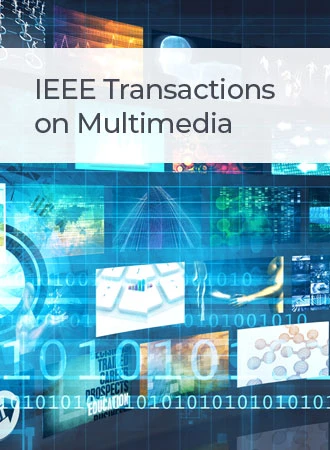Adaptive Multi-Scale Language Reinforcement for Multimodal Named Entity Recognition
IF 9.7
1区 计算机科学
Q1 COMPUTER SCIENCE, INFORMATION SYSTEMS
引用次数: 0
Abstract
Over the recent years, multimodal named entity recognition has gained increasing attentions due to its wide applications in social media. The key factor of multimodal named entity recognition is to effectively fuse information of different modalities. Existing works mainly focus on reinforcing textual representations by fusing image features via the cross-modal attention mechanism. However, these works are limited in reinforcing the text modality at the token level. As a named entity usually contains several tokens, modeling token-level inter-modal interactions is suboptimal for the multimodal named entity recognition problem. In this work, we propose a multimodal named entity recognition approach dubbed Adaptive Multi-scale Language Reinforcement (AMLR) to implement entity-level language reinforcement. To this end, our model first expands token-level textual representations into multi-scale textual representations which are composed of language units of different lengths. After that, the visual information reinforces the language modality by modeling the cross-modal attention between images and expanded multi-scale textual representations. Unlike existing token-level language reinforcement methods, the word sequences of named entities can be directly interacted with the visual features as a whole, making the modeled cross-modal correlations more reasonable. Although the underlying entity is not given, the training procedure can encourage the relevant image contents to adaptively attend to the appropriate language units, making our approach not rely on the pipeline design. Comprehensive evaluation results on two public Twitter datasets clearly demonstrate the superiority of our proposed model.多模态命名实体识别的自适应多尺度语言强化
近年来,多模态命名实体识别由于在社交媒体中的广泛应用而受到越来越多的关注。多模态命名实体识别的关键是有效融合不同模态的信息。现有的研究主要集中在通过跨模态注意机制融合图像特征来强化文本表征。然而,这些工作在强化符号层面的文本情态方面是有限的。由于命名实体通常包含多个令牌,因此对多模态命名实体识别问题进行令牌级多模态交互建模是次优的。在这项工作中,我们提出了一种称为自适应多尺度语言强化(AMLR)的多模态命名实体识别方法来实现实体级语言强化。为此,我们的模型首先将符号级文本表示扩展为由不同长度的语言单元组成的多尺度文本表示。之后,视觉信息通过模拟图像之间的跨模态注意和扩展的多尺度文本表征来强化语言的模态。与现有的标记级语言强化方法不同,命名实体的词序列可以直接与视觉特征作为一个整体进行交互,使得建模的跨模态关联更加合理。虽然没有给出底层实体,但训练过程可以鼓励相关图像内容自适应地关注适当的语言单位,使我们的方法不依赖于管道设计。在两个公开的Twitter数据集上的综合评价结果清楚地证明了我们提出的模型的优越性。
本文章由计算机程序翻译,如有差异,请以英文原文为准。
求助全文
约1分钟内获得全文
求助全文
来源期刊

IEEE Transactions on Multimedia
工程技术-电信学
CiteScore
11.70
自引率
11.00%
发文量
576
审稿时长
5.5 months
期刊介绍:
The IEEE Transactions on Multimedia delves into diverse aspects of multimedia technology and applications, covering circuits, networking, signal processing, systems, software, and systems integration. The scope aligns with the Fields of Interest of the sponsors, ensuring a comprehensive exploration of research in multimedia.
 求助内容:
求助内容: 应助结果提醒方式:
应助结果提醒方式:


